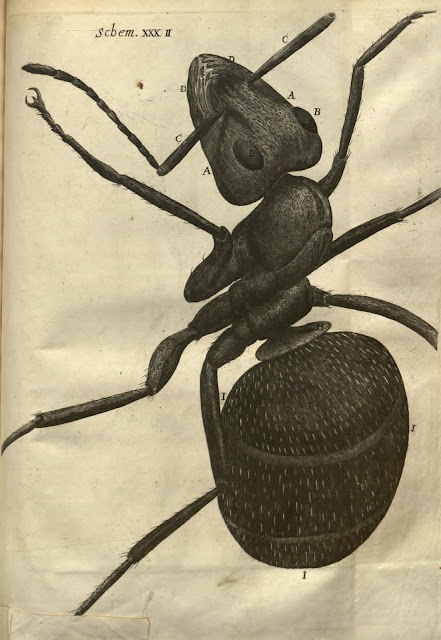 |
| Massacre of innocents |
Probably the best illuminations I've never seen before in a conventional Book of Hours. This use of Rome Book of Hours was partially illustrated by Jean Fouquet and Jean Bourdichon (his pupil). Jean Fouquet, also referred to as Souquet, is considered the master of both panel painting and manuscript illumination during 15th Century. Born in France (Tours), decided to travel to Italy and experience at first hand the Italian Early Renaissance (his first work here was aportrait of Pope Eugene IV, who died in that year). I'll not extend on Fouquet's bio as he's well known. Only remark his -probably- best work: the Melun Diptych, a two panel oil painting stored in the Collegiate Church of Notre-Dame in Melun (link goes to the official website of the city in french).
This amazing codex has 227 vellum folios in small format (116x110 cm) and has a total of 37 full page illustrations (which is over average for this type of manuscripts during 15th Century), some of them posted below:
 |
| St. Luke reading, wearing primitive glasses |
 |
The Death (armed with a lance and riding a bull) |
Calendar section represents each month on two pages, with header written in silver letters; major festivals written in letters of gold. At the end of each month, a Latin phrase written in golden letters summarizes the activity of the month as follows: Janus Pocula amat. Februarius clamat Algeo. Arva fodit Martius. Aprilis prodit florida. Mayo sunt amorum floras. Junius fena dat. Julius resecatur avenam. Despicat Augustus [sic: Augustus Spicas colligit ]. September colligit uvas. Seminat October. Spoliat virgultam November. Querit cibum amare, porcum mactare December.
 |
| Month of December |
External references related I could find:
- English version of online exhibition at the Bibliothèque nationale de France, I do recommend the "manuscript paintings" section -res fair- link
- Further lectures as follows: Paul R. Wescher, "Jean Fouquet and His Times" (1945; trans. 1947). Trenchard Cox, "Jehan Foucquet, Native of Tours (1931)". Klaus G. Perls, "Jean Fouquet (1939; trans. 1940)".
- Wikipedia link to "Melun Diptych", link here






